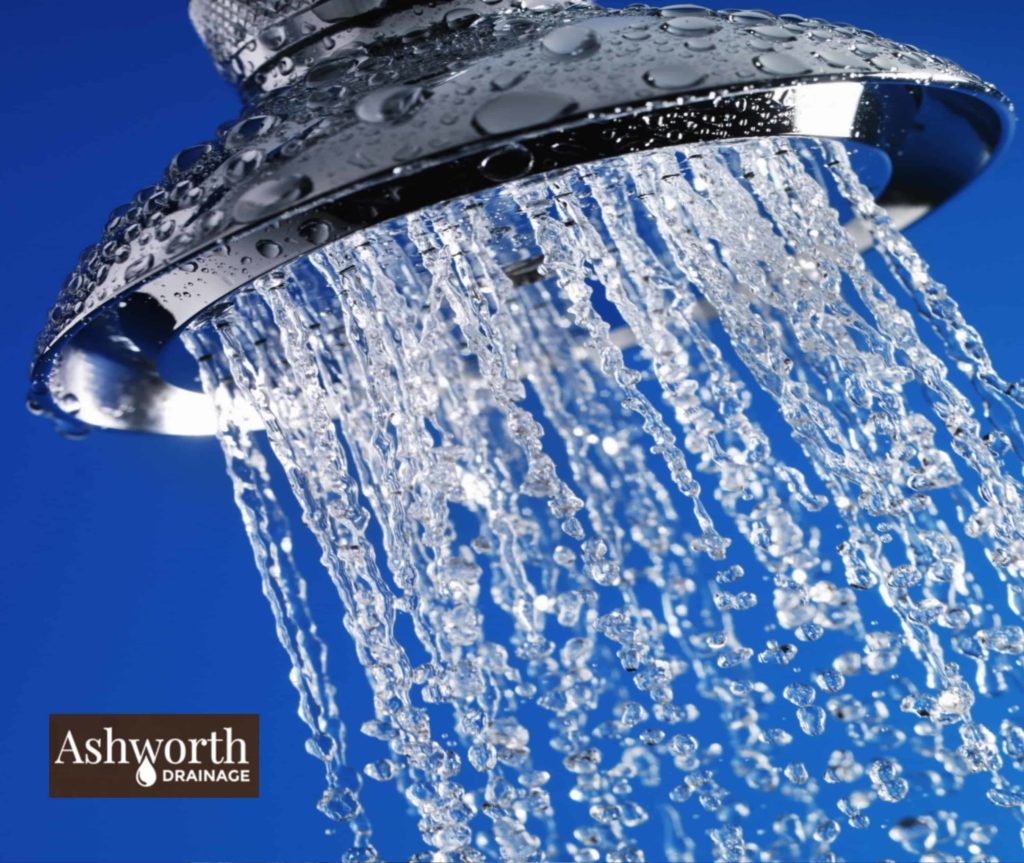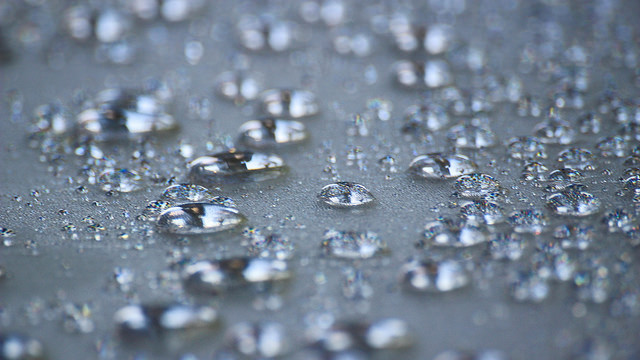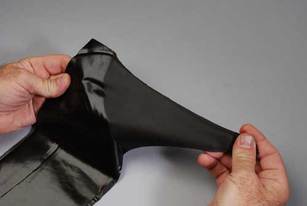Three Types Of Shower Waterproofing To Protect Your Bathroom

When a bathroom isn’t properly waterproofed, showers can cause a number of household problems: mold growth, damage to the walls and flooring of the bathroom, and even damage to the structure of the home itself. Good waterproofing prevents all the unavoidable bathroom moisture from getting absorbed into the construction material and damaging it.
Whether you’re installing a new bathroom or retrofitting an older one, there are three main types of bathroom waterproofing materials: liquid waterproofing membranes, foam backer boards, and sheet membranes.
Liquid Membranes For Shower Waterproofing
 The concept of liquid waterproofing membranes is fairly simple: paint the liquid onto the cement board and before you apply the tile. Liquid membranes have a couple of pros, like the fact that they don’t require any special reinforcement or banding, even in trickier areas like corners. But this type of waterproofing must be applied with the right amount of coats in the right amount of thickness.
The concept of liquid waterproofing membranes is fairly simple: paint the liquid onto the cement board and before you apply the tile. Liquid membranes have a couple of pros, like the fact that they don’t require any special reinforcement or banding, even in trickier areas like corners. But this type of waterproofing must be applied with the right amount of coats in the right amount of thickness.
Different brands can have different requirements for coating, so always read the label and follow its directions. The first coat can take up to a day to dry, so if your renovation plan includes this type of waterproofing, give yourself the right amount of time. If you’ve redone the mud or mortar shower pan, you’ll need to give it more time to cure before you can add the liquid membrane – at least 72 hours, maybe more if the drying conditions aren’t right.
Foam Backer Board Works Great For Shower Waterproofing
Foam backer board is a good option for when the bathroom is being installed for the first time, or when it’s coming into a complete teardown. These panels are waterproof in and of themselves, saving renovation time by not requiring the installation of cement board to the framing before the waterproofing material. Even in the shower, once the foam backer board is installed, it’s ready for tiling without any further work.
There is one apparent weakness: the seams between the foam panels. Most products will have a special glue that not only sticks the boards together but also provides proper waterproofing to the seam. Unfortunately, the foam backer board has higher costs than the other two options, though it might be the most user-friendly for DIY renos.
Waterproofing With Sheet Membranes
We’re not a fan of sheet membranes for the foundation, but they can be of use to you in the bathroom. They even have some advantages over the liquid membrane; for one, you don’t have to wait three days before applying it to your mortar pan. It can be easy to apply, and you also don’t have to worry about getting the right amount of thickness… that is until you get to corners.
you don’t have to wait three days before applying it to your mortar pan. It can be easy to apply, and you also don’t have to worry about getting the right amount of thickness… that is until you get to corners.
Basic waterproofing with sheet membranes is achieved by overlapping the membrane over one another, with most manufacturers requiring it be by two inches. If you’re adding a banding material for a preformed corner, all these layers cause the corner of the shower to stick out further than the flat parts in the middle of your shower. Know how you’ll be constructing the shower before you choose this or any other waterproofing material! Contact us to learn more.
